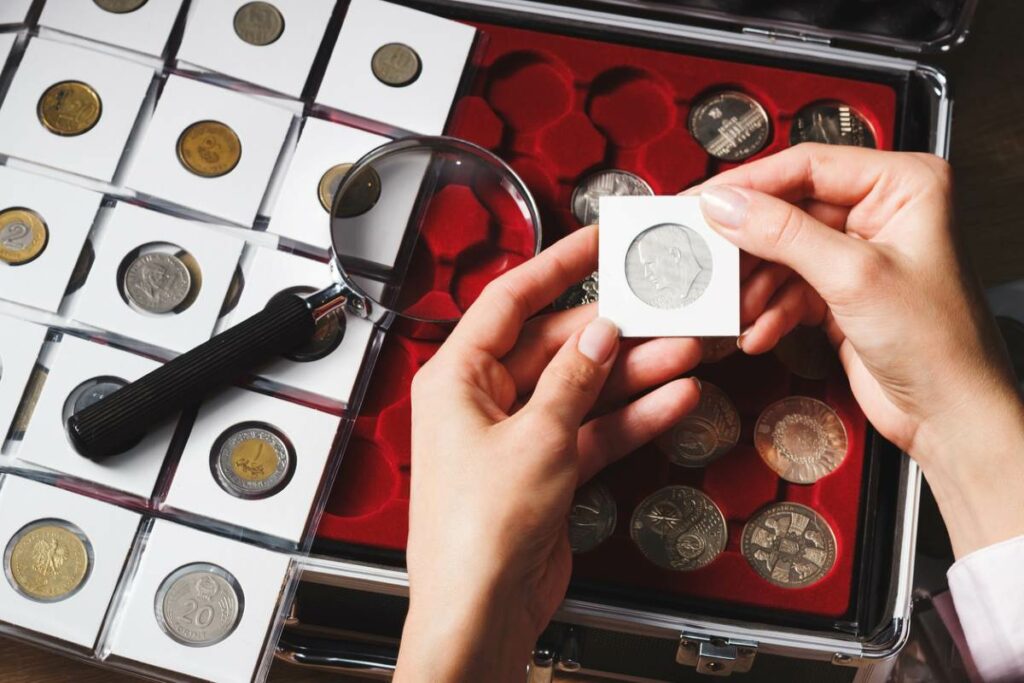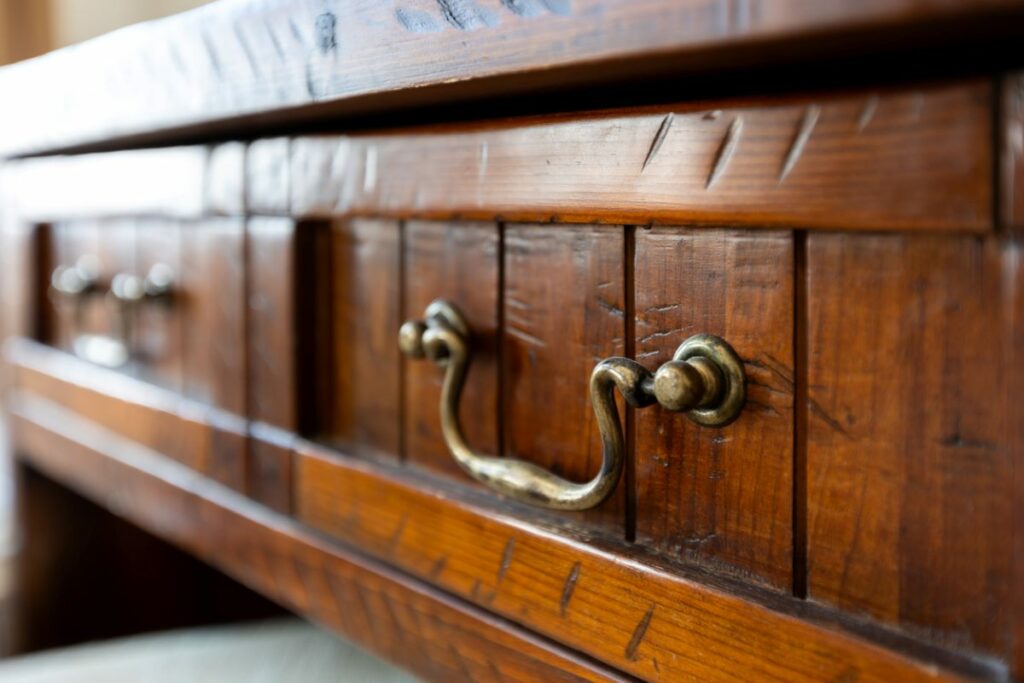Preserving Your Collectibles With Self Storage

From comic books to clothing, collecting is an art hobbyists have been practicing for centuries. And the bigger your collection gets, the harder it can be to house all your possessions in your home. Depending on the variety of the items needing to be stored, your safekeeping techniques can and should vary.
Whether you’re making a space in your basement for housing gathered items or seeking out a personal storage unit as an external solution, our guide to collectible storage is here to break down how to provide the utmost care for the most commonly collected furniture pieces, clothing items, knickknacks, and more.

How To Store Collectibles
Regardless of whether you’ve inherited your father’s stamp collection or have just begun to gather your own cohort of Beanie Babies, knowing how to preserve awesome collectibles is an essential part of being a seasoned collector. Here are some of the most common categories of collectibles and best practices for responsibly storing items:
Coins
Maybe you’ve inherited a box of loose change from your grandfather or have simply decided to gather one-of-a-kind quarters for yourself. Coin collecting spans hundreds, even thousands, of years, and keeping them in good condition is part of the game.
Contrary to what you may think, you should avoid cleaning your coins, as this will devalue them. Carefully handle your coins by their edges and place them in 2×2-inch single coin holders with viewing windows made from Mylar. Keep your coins somewhere cool and dry, as temperature and humidity variations can cause irreversible discoloration. Keep them somewhere consistent and airtight to block out environmental factors, including your own breath.
Cards
From baseball to Pokémon, card collecting can be incredibly rewarding for those dedicated to doing it right. The key is to stay organized. Use labeled containers to avoid losing cards and to keep track of everything.
Binders with sleeves, while a more expensive option for card storage, tend to be the most protective. However, their capacity is more limited than a storage box, so trading card boxes filled with protective sleeves may help you make the most bang for your buck. Whether stored at home or in a storage unit, climate control is a must to shield your cards from potential damage.

Comic Books
For the Marvel enthusiasts and DC fanatics, original comic books are worth more than gold. Before placing books into storage, carefully rid them of dust and debris using a lightly dampened cloth, giving them enough time to fully dry before sliding these vintage collectibles into bags.
As you place your comic books into Mylar sleeves, insert thin, acid-free cardboard sheets to prevent curling. Put these secured comics into plastic boxes or bins elevated off the floor, and avoid stacking on top of them. In addition to limiting exposure to moisture, excess light can cause your pages to fade and yellow, so a cool, dark area will be best for your superhero stories.
Stamps
Anyone keen on collecting who lacks storage space may feel themselves drawn to gathering stamps, which come in a variety of styles and designs commemorating destinations, holidays, and decades of old. Stamps can be easily stored in binders, kept on acid-free paper, and protected by a sheet of plastic. Like comic books, these should be stored away from direct sunlight in a consistent, moderate temperature range.

Antiques
If you tend to frequent flea markets to acquire authentic wooden tables, upholstered chairs, and embossed mirrors, you may find yourself needing more space than you would for a pin collection.
Once you discover an antique storage space with enough room, cover and wrap all pieces of furniture with plastic sheets or blankets. Avoid storing antique furniture directly on the floor. Instead, set them on wooden blocks or pallets.
As part of the storing process, transportation must be seamless. Before loading your antiques up, be sure that everything is properly padded and cushioned, including legs, hinges, and corners. Keep them covered during your move as well, which will help ward off scratches and scuffs.
Vintage Clothing
Fashion connoisseurs looking to spice up their wardrobe may discover that turning back the clock is just the way to do it. But much more goes into preserving garments than giving them a cozy spot in your closet, especially if you need room for seasonal storage and move excess clothing items into your basement, attic, or storage unit.
Clothing is best kept on hangers, though they need to be adequately padded and kept on plastic hangers that will preserve the general shape of your clothes. If you lack hanging space, lay your clothes flat in acid-free boxes lined with washed cotton fabric. Avoid folding if possible, and place rolled-up tissue paper in the folds if folding is unavoidable. Do not seal any boxes airtight, as airflow will help prevent mildew.
Securely Store Your Collectibles With The Storage Manager
Are you searching for the perfect place to keep your collectibles? If your hobby has outgrown your home, an external storage solution could be just what you need to secure your collected items. The Storage Manager offers personal storage units suitable for collectors of all kinds to open up their living space. Our units prioritize your peace of mind and are equipped with top-of-the-line amenities to give you the convenience and reliability you deserve.
Discover us at a climate-controlled storage facility near you, and contact us today to find your ideal storage unit.